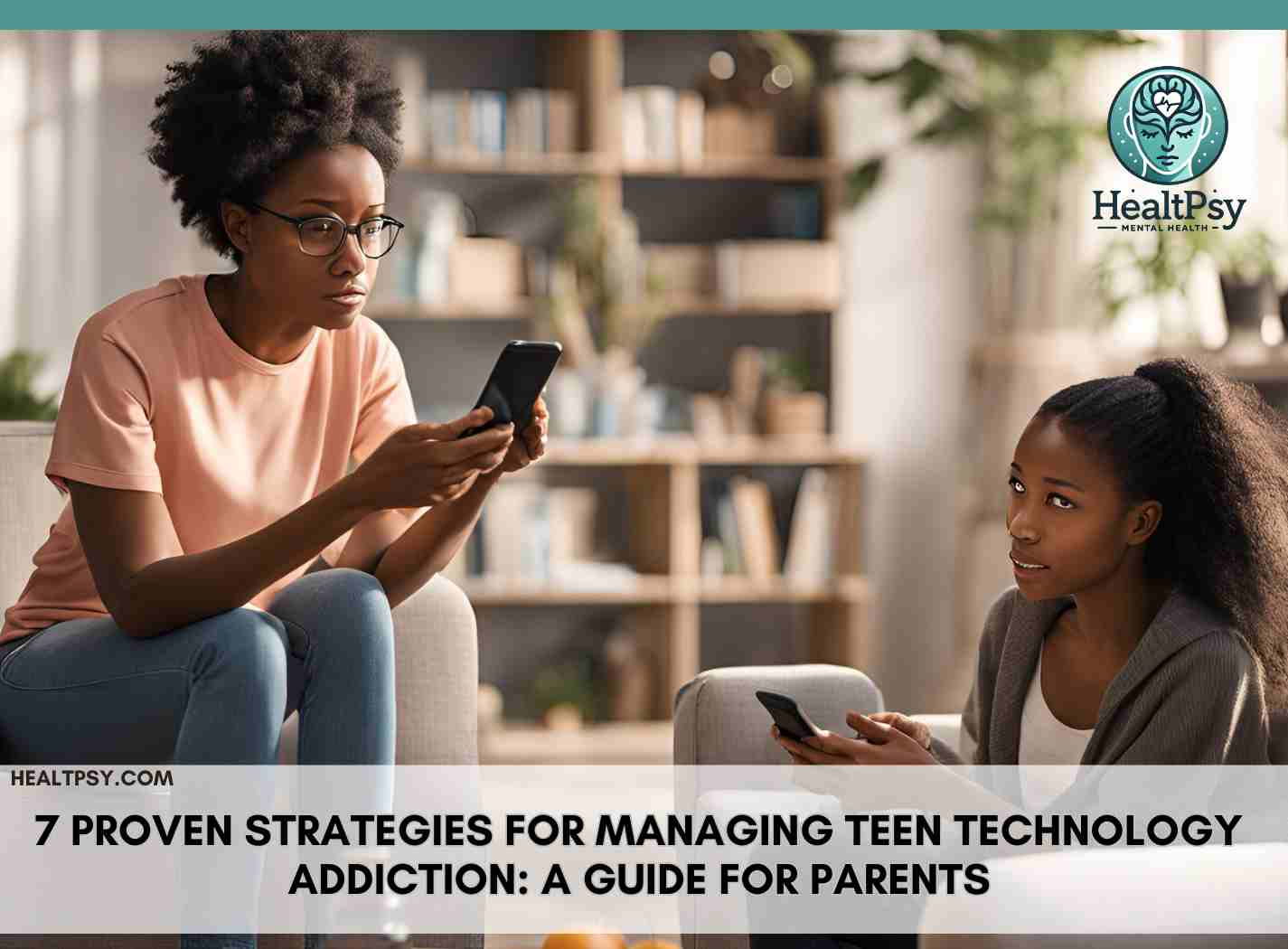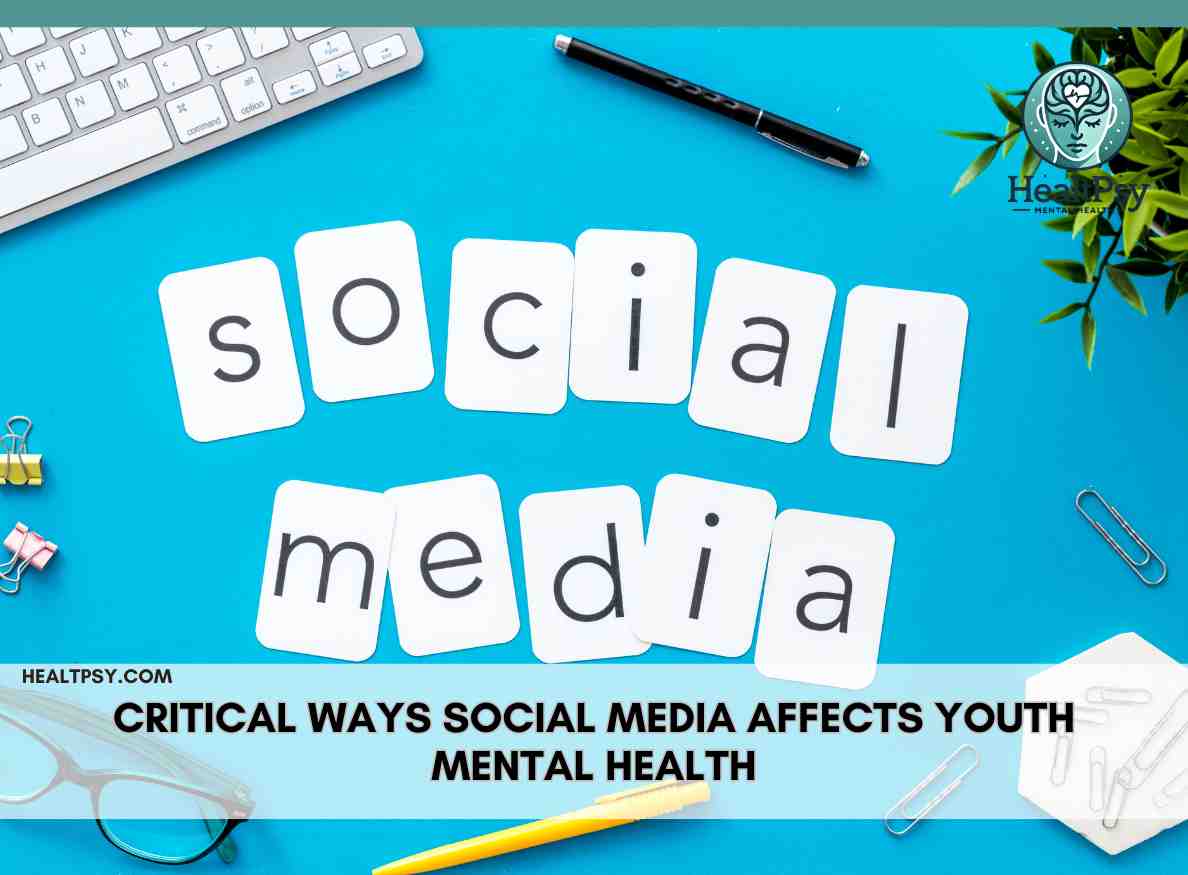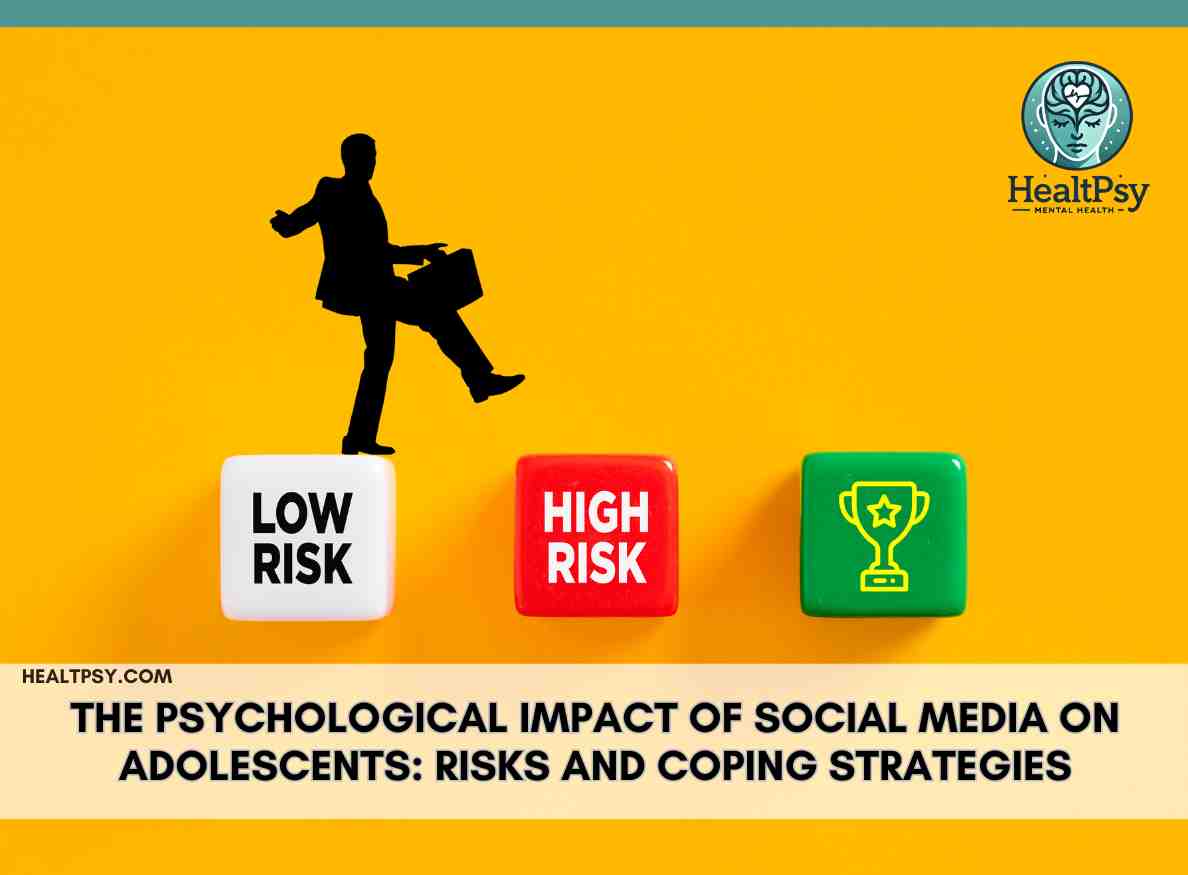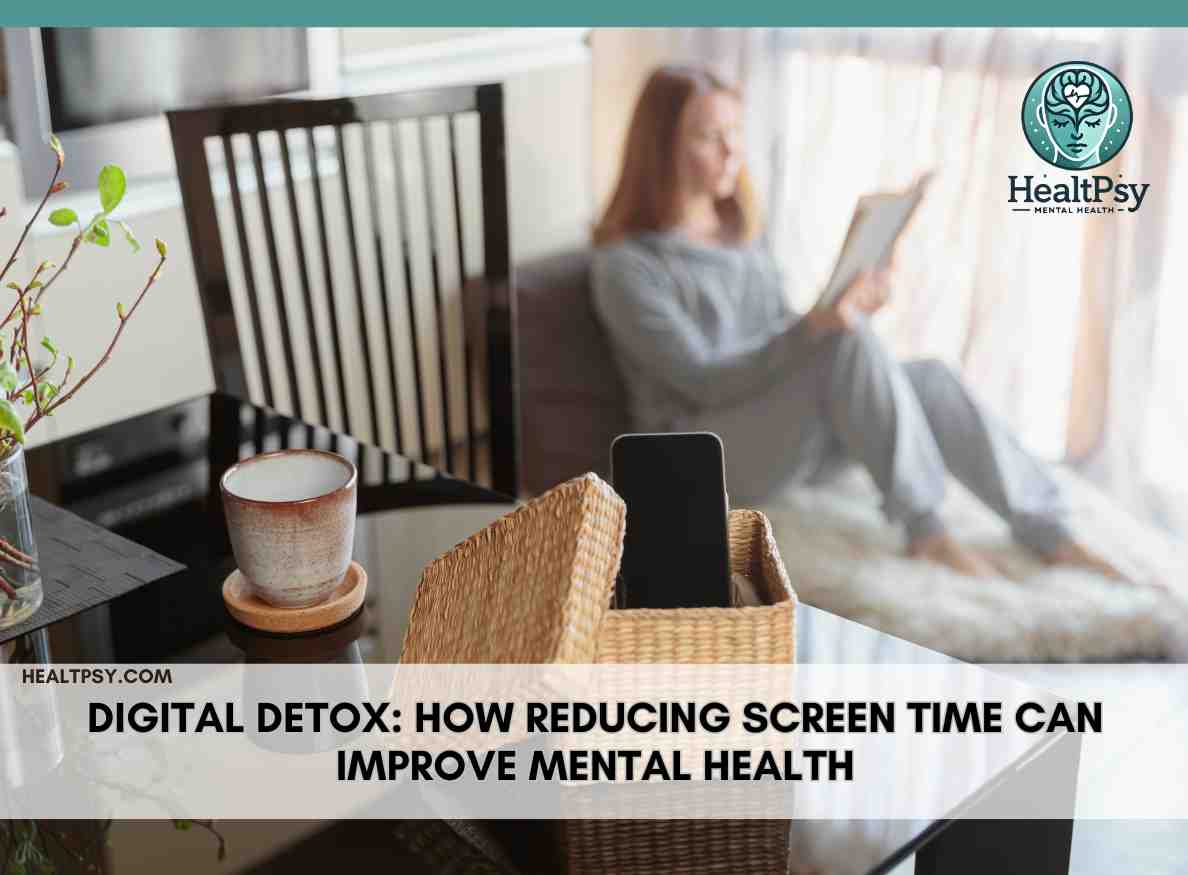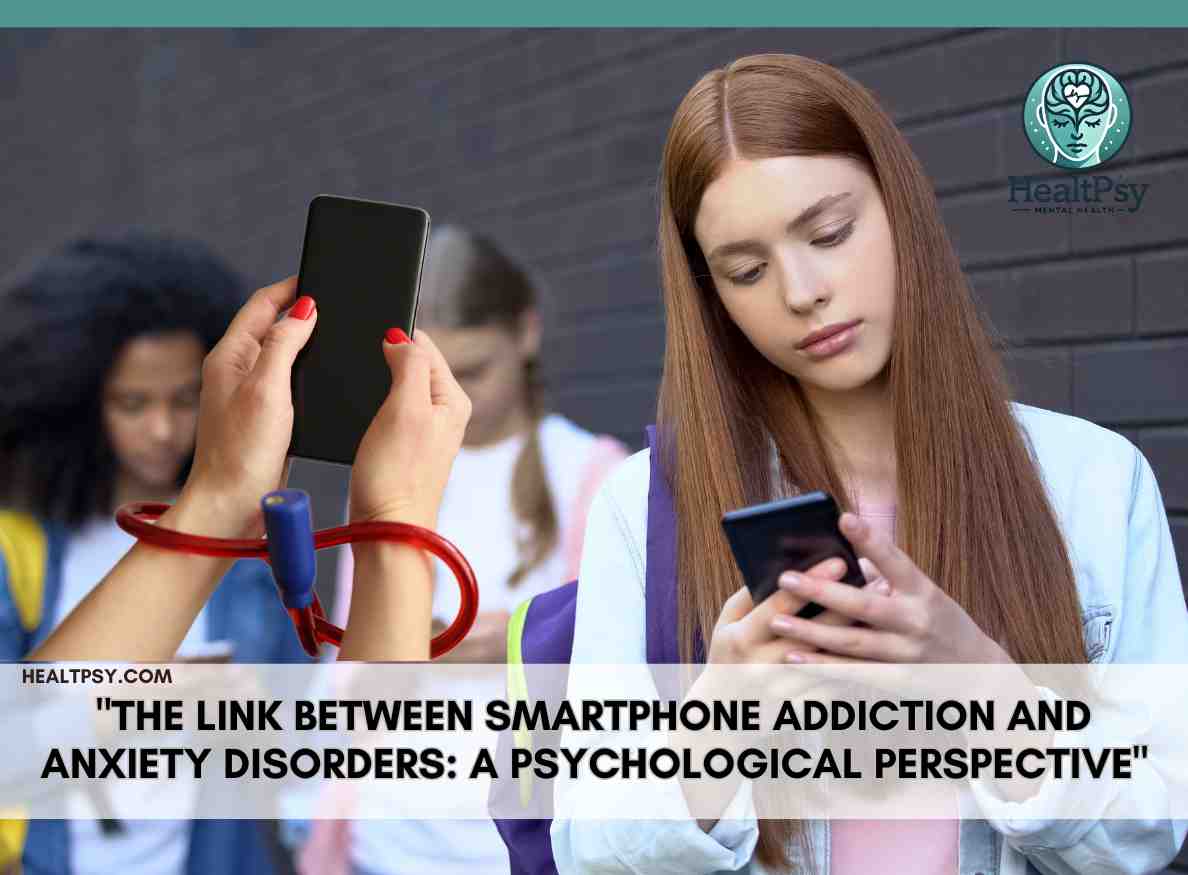7 Proven Strategies for Managing Teen Technology Addiction: A Guide for Parents
Teen technology addiction is a growing concern for many families in the digital age. With constant access to smartphones, social media, video games, and the internet, teenagers are increasingly susceptible to excessive screen time, leading to emotional, social, and physical challenges.
The rapid advancement of technology has made digital devices an integral part of daily life, especially for teenagers who use them for education, social interaction, and entertainment. However, excessive use can disrupt sleep patterns, contribute to feelings of loneliness, and even lead to depression. Prolonged screen time reduces physical activity, affecting both mental and physical health. Additionally, the constant influx of notifications and social media comparisons can heighten anxiety and lower self-esteem in adolescents. Parents often find it challenging to set boundaries, especially when technology is also essential for schoolwork and social connectivity. Therefore, balancing technology use is crucial for fostering healthy development.
As parents, understanding the impact of technology addiction and implementing effective strategies can help your teenager achieve a healthier balance between the digital world and real life. Recognizing the signs of addiction early and encouraging open communication are essential steps in guiding teenagers toward healthier habits and promoting their overall well-being.
What Is Teen Technology Addiction?
Technology addiction in teens refers to compulsive and excessive use of digital devices, including smartphones, tablets, gaming consoles, and computers, often at the expense of real-world interactions and responsibilities.
Signs of Teen Technology Addiction Include:
- Spending excessive time on digital devices.
- Neglecting schoolwork, hobbies, and social activities.
- Irritability or anxiety when away from technology.
- Sleep disturbances due to late-night screen use.
- Social withdrawal and preference for virtual interactions.
Excessive technology use can lead to anxiety, depression, reduced attention span, academic decline, sleep deprivation, and weakened real-life relationships.
7 Proven Strategies for Managing Teen Technology Addiction
1. Set Clear Boundaries and Screen Time Limits
Establish specific times for technology use, such as no devices during meals or after bedtime. Use parental controls to monitor screen time and content.
2. Encourage Alternative Activities
Promote hobbies such as sports, reading, and creative arts. Organize family outings or physical activities to reduce screen time.
3. Communicate Openly with Your Teen
Discuss the impact of technology on their mental and physical health. Encourage open conversations about their digital experiences and challenges.
4. Be a Positive Role Model
Demonstrate balanced technology use by limiting your own screen time. Engage in tech-free family time to foster real connections.
5. Create Tech-Free Zones at Home
Designate certain areas, like bedrooms and dining rooms, as device-free zones. Encourage face-to-face interactions during family time.
6. Provide Emotional Support and Guidance
Offer emotional support and listen to your teen’s challenges without judgment. Help them build self-esteem through positive reinforcement and encouragement.
7. Seek Professional Help if Necessary
Consult a psychologist or counselor if your teen’s technology use is affecting their mental health and daily life. Therapy options like Cognitive Behavioral Therapy (CBT) can help manage screen addiction.
Long-Term Benefits of Managing Technology Addiction in Teens
Managing teen technology addiction improves mental health, academic performance, family relationships, and physical well-being. With consistent effort, open communication, and support, parents can help their teens develop healthier digital habits and thrive in both the virtual and real worlds.
By implementing these strategies, families can create a balanced digital environment, promoting mental well-being and stronger relationships. Encouraging healthy technology use sets the foundation for lifelong habits, ensuring that teenagers grow into responsible and mindful digital citizens.
📌 For more on Mental Health for Children and Adolescents, visit our dedicated section.
📌 Learn about Supporting Adolescent Girls’ Mental Health for more insights.
📌 Discover tips for self-care and mental well-being to help your teen thrive.
🔗 External Resources:
- American Academy of Pediatrics – Technology and Media
- Child Mind Institute – Talking to Teens About Technology
- Common Sense Media – Screen Time Limits
you might also like

